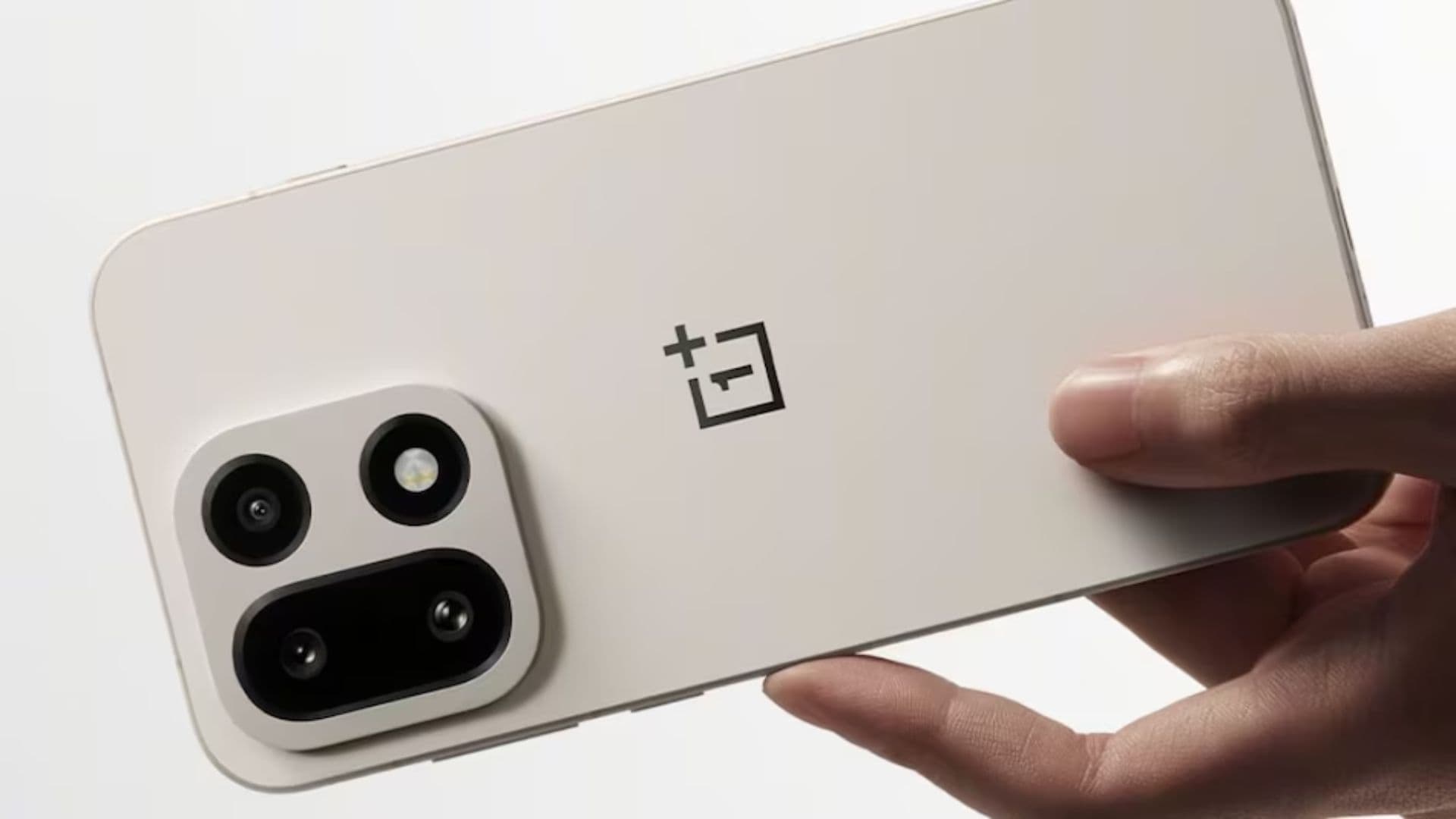Ad

What is eSIM? Things to keep in mind
4,158 views
Follow Us:
4,158 views
An eSIM, or embedded SIM, is a digital SIM that is embedded in a smartphone or other connected device, such as a smartwatch or tablet. Unlike traditional SIM cards, which are physical cards that you insert into a device, an eSIM is integrated into the device's hardware and can be activated remotely by a mobile network operator.
This means that you don't need to physically swap SIM cards if you want to switch carriers or plans - you can simply download a new eSIM profile onto your device. eSIMs offer several advantages, such as the ability to store multiple profiles, more secure authentication, and easier device activation. However, not all devices support eSIM technology, and it may not be available in all regions or from all carriers.
eSIM makes your smartphone more secure

Were you aware that you have the ability to locate your iPhone even if it's powered off? This is an advantageous feature, particularly if you have misplaced your phone. By using an eSIM on an iPhone, it is possible to track your device through iCloud's Find My iPhone feature even when the phone is turned off. This functionality is possible because the eSIM cannot be deactivated unless the device is unlocked, which is the main reason why I use an eSIM on my iPhone.
Transferring eSIM is a multiple-step process

In India, transferring an eSIM from one device to another takes a minimum of two hours, whereas swapping a physical SIM card between phones only takes a few seconds. Although Apple introduced a seamless eSIM transfer feature for iPhones with the iOS 16 update, this feature is not available in India, and the entire process of transferring an eSIM from an Android to an iPhone or vice versa still takes over two hours.
Moreover, when you transfer an eSIM from one phone to another, you will not receive any SMS/OTPs for at least 24 hours on the Jio network. This means that you will be unable to access most services that require a one-time password, and you will not have access to banking services such as UPI for a day. This can be quite inconvenient and frustrating, especially if you need to access critical services during this period.
It is essential to keep in mind that transferring an eSIM can be a time-consuming process, and there are some downsides associated with it. However, eSIMs also offer several benefits, such as the ability to store multiple profiles, more secure authentication, and easier device activation. Therefore, it is up to you to decide whether the advantages of using an eSIM outweigh the inconveniences associated with transferring it from one device to another.
Support is still limited
It's important to be aware that eSIM technology is only supported by a limited number of smartphones. Although Google and Apple were early adopters of eSIM, eSIM support is only available on flagship Samsung smartphones, as well as select Motorola and Oppo flagship smartphones such as the Find X5 Pro.
Latest News





Reviews & Guides
View All

Sony BRAVIA 7 Mini LED K-65XR70 vs. Haier Mini LED H65M95EUX

Samsung QN90F (65QN90FAU) Review: The King of Bright-Room Viewing

LG QNED92: The QNED Powerhouse That's More Than a Bright Alternative

Haier M92: A New Contender in the QD-Mini LED Arena

Top 10 camera lenses you should Own in 2025

Donald Trump Watch Collection: Timeless Luxury on the Wrist

Best Smartphones Under 30,000 in 2025

Best 5 Litre Water Heaters in India 2025: Top Latest Models for Quick Hot Water







